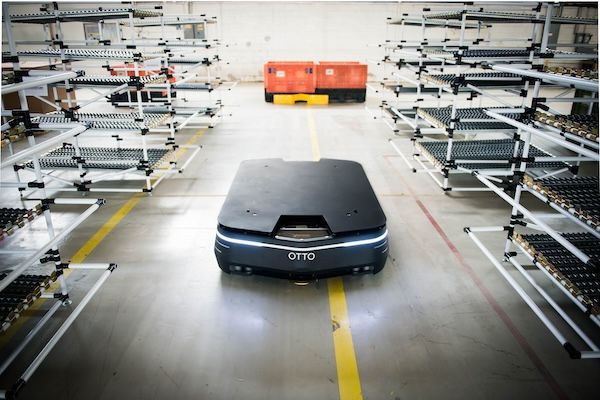Lineside delivery is broken. Here’s why

Plant supervisor: “What do you mean the line is shut down?”
Line foreman: “Station three has the wrong assemblies. Station eight doesn’t have its materials because it didn’t arrive on time.”
Plant supervisor: “I don’t understand. We streamlined our operations to improve our lineside delivery, and yet we still have these issues at least once every shift. I thought this would improve productivity and we’re not much better than before.”
Lineside delivery looks good on paper. Reality is another story.
The goal of lineside delivery on assembly lines is improving efficiency and productivity by delivering the right parts to the right place at the right time. Instead of receiving thousands of parts for assembly as was the case, modern assembly lines now receive kit-based larger components. This saves time and improves productivity.
However, the flow of materials, sometimes referred to as “intralogistics”, becomes more challenging. The ability to provide just-in-time (JIT) delivery is critical. Currently, most manufacturers accomplish lineside delivery using one of two methods:
- Delivering parts to assembly line stations using human labor (pushing carts, driving tuggers, etc.)
- Use of automatic guided vehicles (AGVs) to deliver material
Both methods improve efficiency to a degree, but not to the level required to maintain a competitive edge in the global marketplace. Let’s look at each option more closely.
Why Lineside Delivery is Broken
Using laborers to deliver material to the assembly line does have benefits. People can adjust to changing situations, such as finding alternate routes to stations on the line. They can rapidly customize the delivery if, and as, requested.
- Illness, injury and regularly scheduled breaks affect scheduling and on-time lineside delivery
- Governmental regulations on safety and ergonomics further limit the available pool of workers able to perform this kind of work
- Availability of skilled labor and high turnover create productivity gaps
- Governmental regulations on safety and ergonomics further limit the available pool of workers able to perform this kind of work
- The issue of cost and global competitiveness:
- According to the U.S. Department of Labor, Bureau of Labor Statistics, the median wage for a production helper is $12.11 USD per hour.
- Hourly wages for China, Indonesia and Vietnam are between $1 and $3.50 per hour.
- According to the U.S. Department of Labor, Bureau of Labor Statistics, the median wage for a production helper is $12.11 USD per hour.
AGVs and similar automation products help improve productivity and efficiency of lineside delivery. These machines have the ability to maintain a regular schedule. An AGV has no regulatory limitations in terms of ergonomics or safe handling of materials to avoid injury. Still, most AGV and AGC (automatic guided carts) products fail to meet the increasingly complex requirements for efficient lineside delivery.
The downside of most AGV and AGC products is the lack of flexibility. Most use an in- or on-floor guidance system. Others, while free of a magnetic strip follow a fixed path. The result is an inability to deviate and redirect due changes in material needs or obstructions in its path. Fortunately, recent innovations in self-guided vehicle technology, eliminates the problem.
The Answer to the Promise of Lineside Delivery
Autonomous mobile robots offer the flexibility and controllability to achieve unprecedented productivity in lineside delivery. Breakthrough mapping capability known as SLAM (simultaneous localization and mapping) makes this possible and is the same technology used in the Google Self-Driving Car. SLAM technology enables a vehicle to move about freely, adjusting to changing conditions much like a person.
This means obstructions along a designated path no longer stop the vehicle, delaying delivery. Instead, the vehicle, sensing an obstruction ahead, can change course (in real time) to go around or plot an entirely new path. Sensors continually scanning for obstructions not only enhance productivity. It also increases plant safety, which further adds to productivity by reducing employee downtime.







